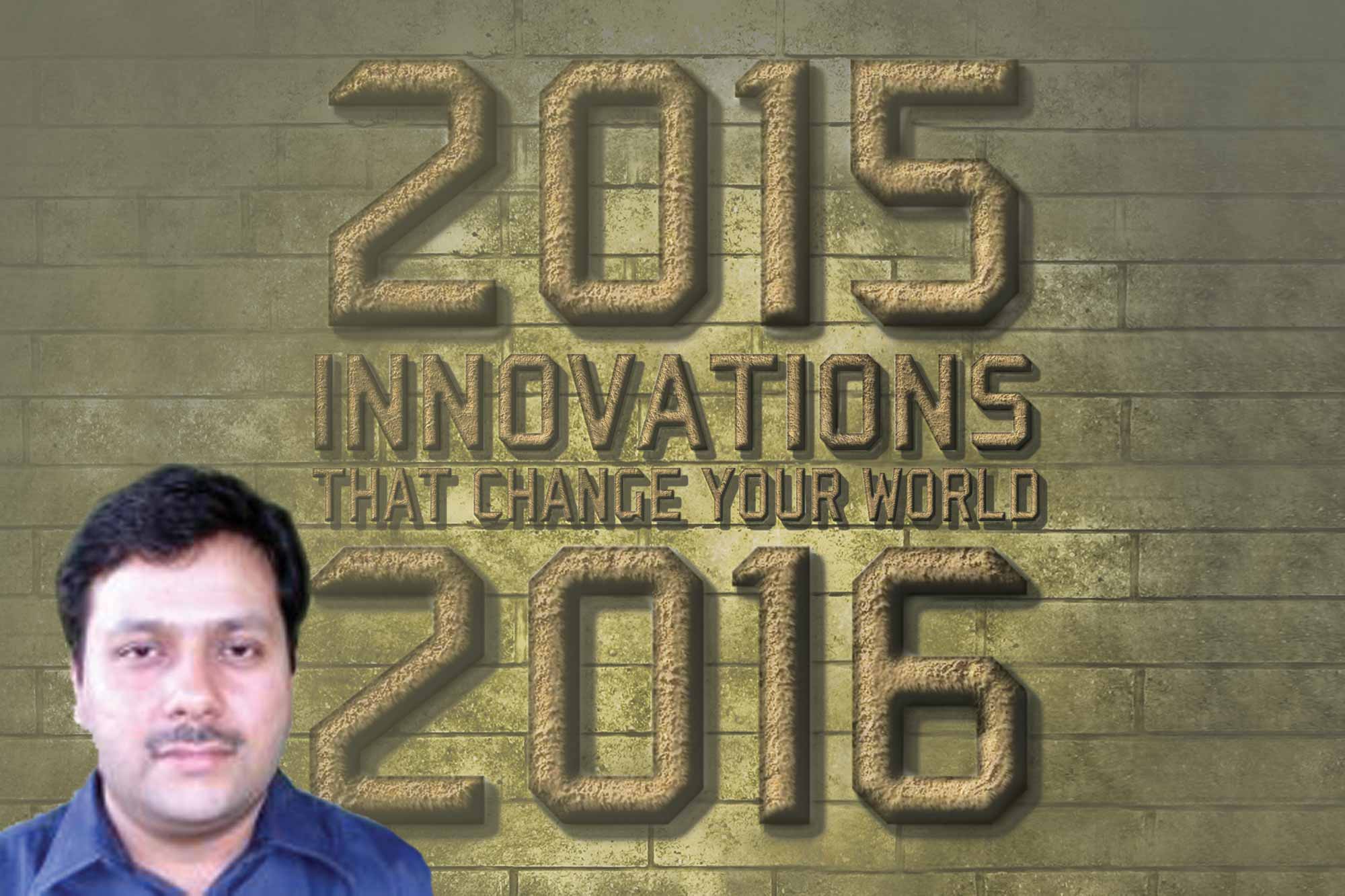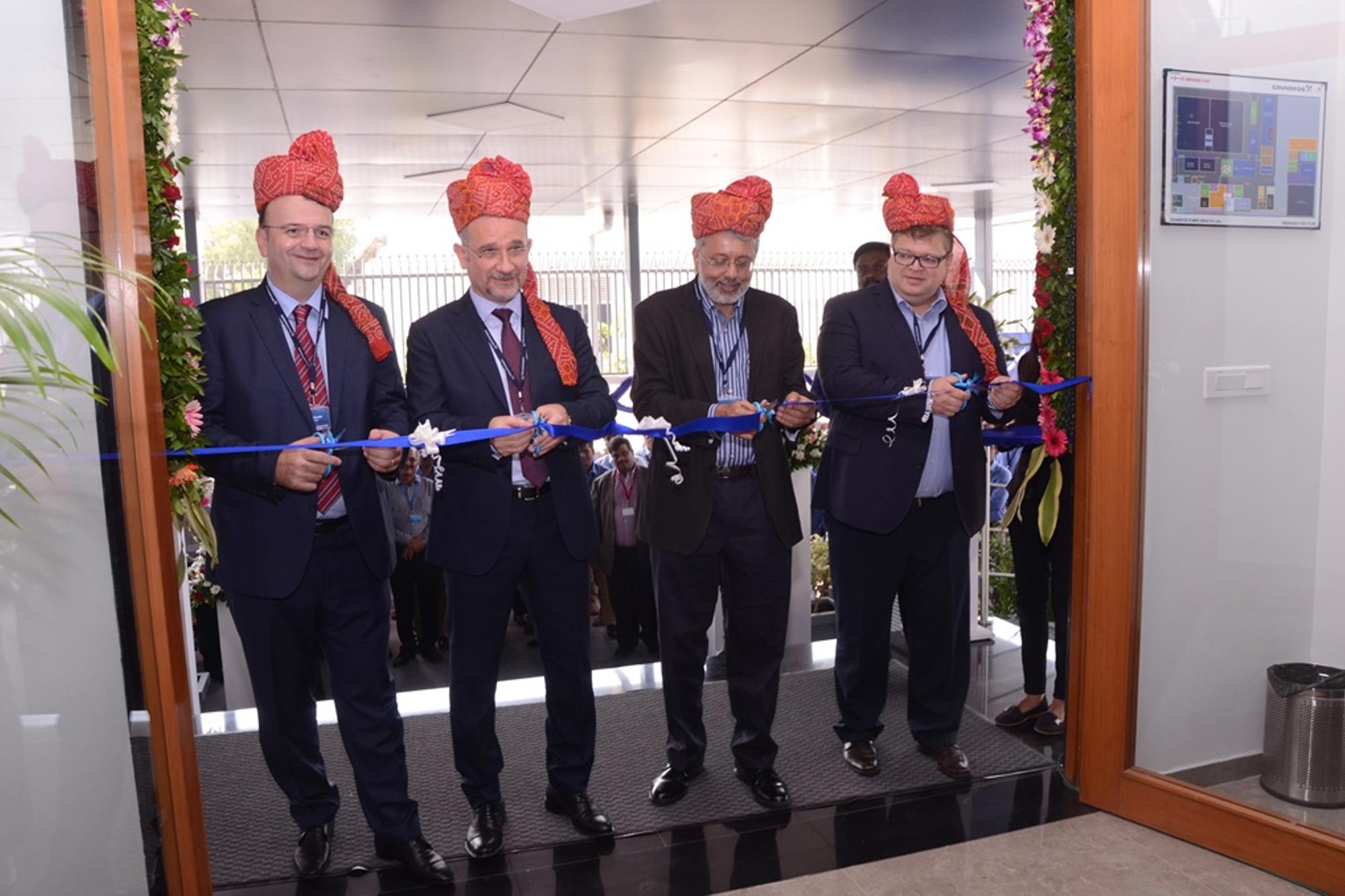MBR technology advances wastewater treatment
By Edit Team | January 19, 2016 9:16 am SHARE

Recent technical innovation and significant membrane cost reduction have enabled MBRs to become an established economical process option to treat wastewaters.
The advancement in membrane technologies has led to the development of membranes for MBR application which are more rugged and still deliver consistent and better water quality, rendering MBR (Membrane Bio reactor) technology to be cost effective. MBR is an advanced process; it is the combination of a membrane process like microfiltration or ultrafiltration in combination with activated sludge process, which results in achieving significantly low organic constituents in treated wastewater.
The conventional activated sludge process has been in use for wastewater treatment since beginning of the past century. The use of treated wastewater after the conventional process is limited due to the achieved effluent quality, and is generally discharged or used for horticulture purpose. With the growing demand for water and with the depletion of fresh water sources, the need of the hour is to implement economical, reliable and advanced wastewater treatment technologies which should be able to treat and make the wastewater fit for reuse in different applications.
MBR based wastewater treatment system is designed at a higher mixed liquor suspended solids (MLSS) concentration compared to conventional processes, giving advantages of lower hydraulic retention time (HRT) and higher sludge retention time (SRT). This results in significant advantages by achieving, substantial space saving, superior and consistent treated effluent quality, ease in operation and maintenance, low sludge yield and savings in operation costs, says Vyom Sharma, Manager – Sales, QUA Water Technologies Pvt Ltd.
Positive impacts
Talking about the positive impacts of the membrane technologies, Sharma says, “Recent technical innovation and significant membrane cost reduction have enabled MBRs to become an established economical process option to treat wastewaters. As a result, the MBR process has now become an attractive option for the treatment and reuse of industrial and municipal, effluents.”
Incorporating technology
Maintenance and operations of MBR have always been the main points of the users. QUA has introduced its latest innovation, EnviQ Ultrafiltration membrane for bioreactor application. “EnviQ’s unique features have made the membrane bioreactor system easy to design, install, operate and maintain. EnviQ is the only available MBR membrane which combines the ruggedness of flat sheet PVDF along with Ultrafiltration pore size of 0.04 microns. This means longevity of the membrane life even in tougher conditions and is still a superior and consistent water quality,” says Sharma.
In India, the MBR process has so far been not very popular as the membranes were being imported from global sources, and also due to less knowhow of the process.
Latest innovation
EnviQ membrane is made up of specially formulated hydrophilic PVDF material reinforced with PP non-woven fabric. The pore size of EnviQ Ultrafiltration membrane is 0.04 microns which provides excellent solid rejection and superior product water quality. The patented frameless membrane design eliminates the dead pockets which results in reduced bio fouling of membranes.
“EnviQ innovative design offers ultrafiltration grade product water quality with rugged PVDF flat sheet combination. The process incorporates unique reverse diffusion process with product water which ensures consistently low transmembrane pressure. The specially designed air diffusers in EnviQ module maximises the membrane scrubbing efficiency which optimises the power consumption and reduce cleaning requirement. EnviQ’s simple rack type modular ensures the ease of design as well as maintenance,” concludes Sharma.
Cookie Consent
We use cookies to personalize your experience. By continuing to visit this website you agree to our Terms & Conditions, Privacy Policy and Cookie Policy.





















































